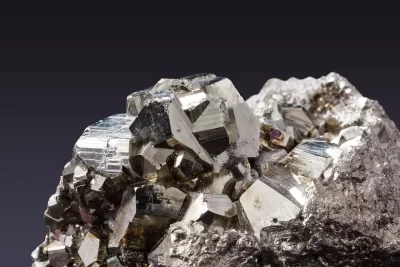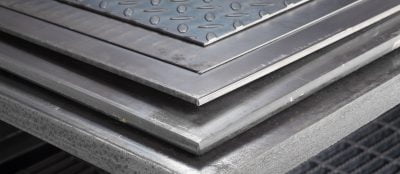Iron and steel materials are foundational components in construction, manufacturing, and engineering due to their strength, durability, and versatility. These materials come in various forms, such as sections, plates, sheets, and bars, each tailored for specific applications.
1. Iron and Steel Basics

titc
Iron: Iron is a chemical element and is the primary raw material used to produce steel. It is rarely used in pure form in construction due to its brittleness.
Steel: Steel is an alloy made primarily of iron and carbon. The carbon content typically ranges from 0.2% to 2.1% by weight, depending on the grade. Adding carbon increases steel’s strength and hardness but reduces its ductility.
2. Steel Sections

titc
Steel sections are structural elements used in construction and engineering. They come in different shapes and sizes, each with unique properties and applications:
I-Beams (H-Beams): These are shaped like the letter “I” or “H” and are used primarily in construction to support heavy loads. The vertical section (web) resists shear forces, while the horizontal sections (flanges) resist bending.
Channels (C-Channels): Shaped like a “C,” these sections are often used in building frameworks, bridges, and other structures where torsional strength is needed.
Angles (L-Shapes): These sections are shaped like an “L” and are used in various structures where two surfaces need to be connected at an angle, such as in frameworks, supports, or brackets.
T-Beams: These are similar to I-beams but have a flange on only one side. They are used in floor and roof construction.
Hollow Structural Sections (HSS): These are hollow steel sections, usually square, rectangular, or circular. They are used in modern architecture and structural frameworks for their strength and aesthetic appeal.
Tubes and Pipes: Steel tubes and pipes are used in transportation of fluids and gases, as well as in structural applications. Pipes are often circular in cross-section, while tubes can be circular, square, or rectangular.
Flat Bars: These are flat, rectangular sections used in various applications, such as braces, brackets, and frames.
3. Steel Plates and Sheets

titc
Plates: Steel plates are flat and thick, typically over 6mm, and are used in structural and engineering applications, like shipbuilding, construction, and heavy machinery.
Sheets: Thinner than plates (less than 6mm), steel sheets are used in automotive bodies, appliances, and other products requiring a smooth, flat surface.
Coils: Steel sheets and plates are often rolled into coils for ease of transportation and further processing.
4. Steel Bars
Reinforcing Bars (Rebars): These bars are used to reinforce concrete structures, adding tensile strength to the otherwise brittle concrete. They usually have a deformed surface to improve bonding with concrete.
Round Bars: These are circular cross-section bars used in machining, shafts, and various mechanical components.
Square Bars: These have a square cross-section and are used in manufacturing and construction for frames, supports, and other applications.
Flat Bars: Similar to plates but narrower and used in lighter applications.
5. Properties of Steel
Strength: Steel is known for its high tensile and compressive strength.
Ductility: Steel can be stretched into wire or other forms without breaking.
Hardness: Steel’s hardness varies depending on carbon content and heat treatment, influencing wear resistance.
Weldability: Steel can be easily welded, making it versatile for construction.
Corrosion Resistance: While steel can corrode, treatments like galvanizing or alloying with elements like chromium (to produce stainless steel) can improve its resistance.
6. Common Applications
Construction: Beams, columns, frames, reinforcement in concrete.
Manufacturing: Machinery, tools, automotive parts.
Infrastructure: Bridges, tunnels, pipelines.
Energy: Wind turbine towers, oil rigs, power plants.
Understanding the different forms of iron and steel, and their applications, helps in selecting the right material for a given engineering or construction project.








